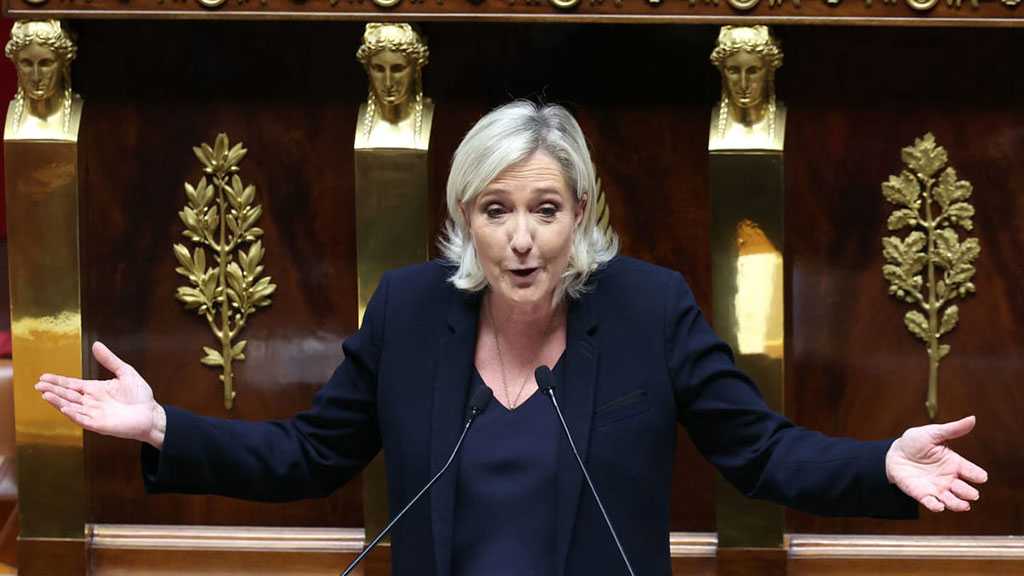
IAEA Wants Further Access to Zaporizhzhia Nuke Plant Amid Fears of Potential Attack
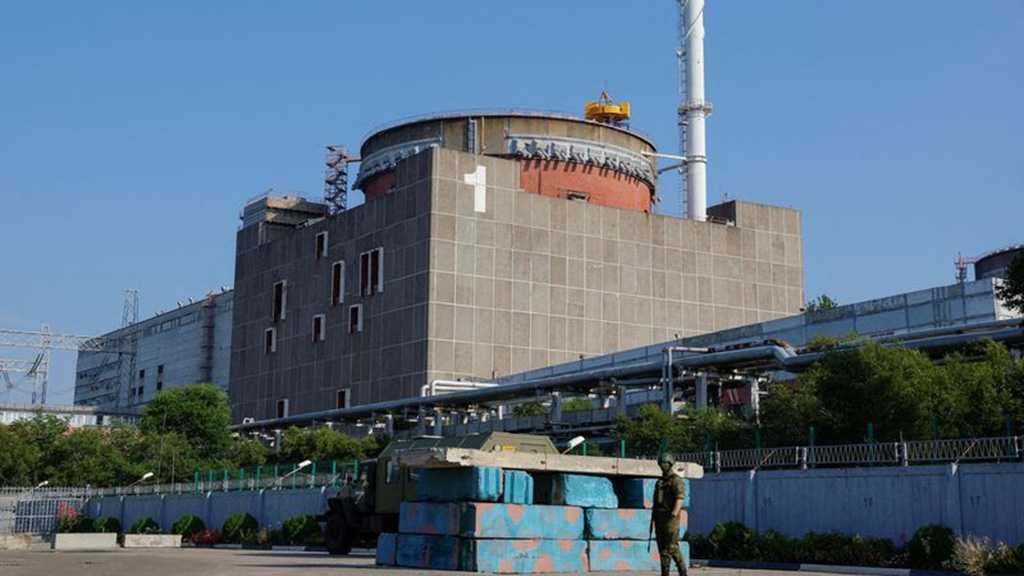
By Staff, Agencies
The International Atomic Energy Agency [IAEA] says it needs more access to the Russian-held Zaporizhzhia nuclear power plant in Ukraine amid sabotage warnings.
In a statement on Wednesday, the UN nuclear watchdog said that its experts based at the station, Europe's largest nuclear power plant, had yet to observe any indications of mines or explosives at the plant, but they wanted further access to "confirm the absence of mines or explosives at the site."
"With military tension and activities increasing in the region where this major nuclear power plant is located, our experts must be able to verify the facts on the ground," IAEA Director General Rafael Grossi said, emphasizing the importance of inspecting specific areas of the plant.
Built in the Soviet-era, the Zaporizhzhia nuclear power plant – formally known as the Zaporozhye Nuclear Power Plant [ZNPP] – is among the 10 largest in the world. Russian forces seized the plant soon after Moscow launched its “special military operation” in the ex-Soviet country on February 24 last year. Ukraine accuses Russia of storing heavy weapons in the plant. Moscow denies the allegation.
Ever since Russia's capture of ZNPP, both sides of the conflict have been blaming the other for the attacks against the plant, which raises the risk of causing nuclear contamination in the region.
Russia has even described Kiev's shelling of the facility as “nuclear terrorism”.
The IAEA statement on Wednesday came just a day after Ukrainian President Volodymyr Zelensky accused Russia of placing explosives on the plant’s power units.
He alleged that Russian forces had placed "objects resembling explosives" on top of several of the plant’s power units to "simulate" an attack from the outside.
According to a statement from the general staff of Ukraine’s armed forces, “Their detonation should not damage power units but may create a picture of shelling from Ukraine”.
Recent inspections at the site by IAEA staff had not found “any visible indications of mines or explosives”, but additional access "would help clarify the current situation at the site" at a time when “unconfirmed allegations and counter allegations" were circulating, Grossi further said.
"In particular, access to the rooftops of reactor units 3 and 4 is essential, as well as access to parts of the turbine halls and some parts of the cooling system at the plant," the IAEA chief added.
On Wednesday night, Zelensky repeated his allegations, saying, “Now they [Russians] have also mined this nuclear power plant. And this is a fact”.
"Why? Moscow is considering various scenarios, including those similar to the man-made disaster at the Kakhovka hydroelectric power plant … [that is], for cynical military purposes. But we should not even think about which scenario is the most likely. We should only think about how to prevent any disastrous scenario," the Ukrainian leader further claimed.
Russia rejected the allegations on Wednesday, claiming Ukraine was planning sabotage.
“The situation is quite tense because the threat of sabotage from the Kiev regime is really high – sabotage that could have catastrophic consequences,” Kremlin spokesman Dmitry Peskov said at a press conference.
“The Kiev regime has repeatedly demonstrated its readiness not to rule anything out,” he further said, stressing that Russia was pursuing "all measures" to counter the Ukrainian threat.
Russia, which took control of the plant in March, says its armed forces do not damage Ukraine’s nuclear safety in any way and cause no obstacles to the plant’s operation. It also took control of the Chernobyl plant, about 100 kilometers north of Kiev, which has been one of the most radioactive locations on earth since it saw an explosion in its fourth reactor in April 1986.
Comments
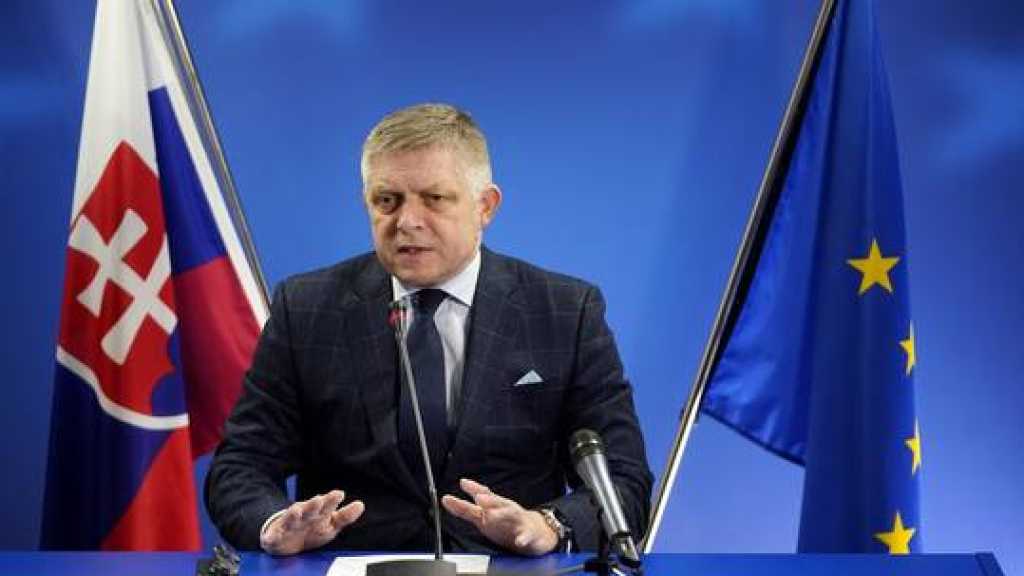
Slovak PM Accuses Zelensky of Attempted Bribery
3 months ago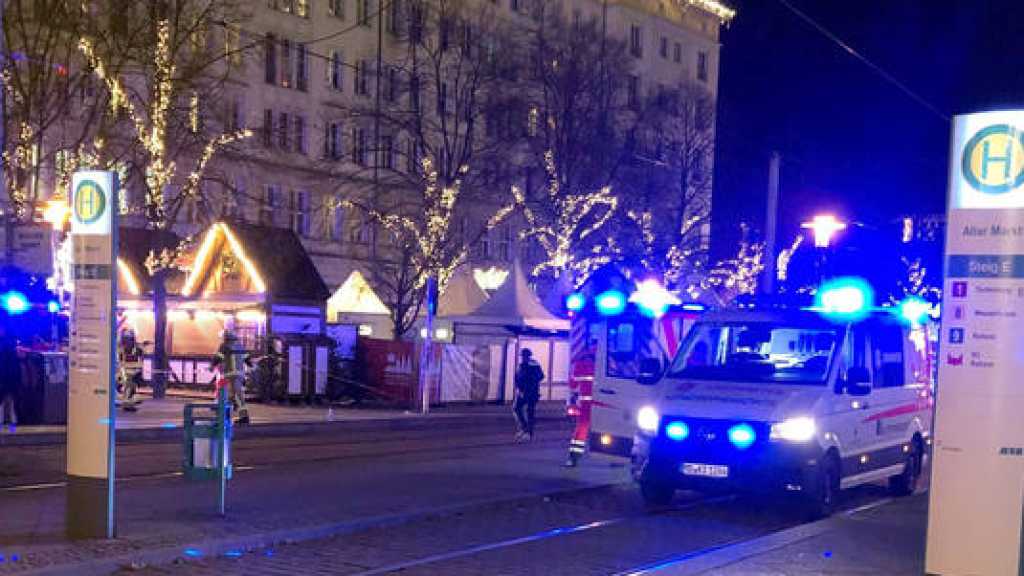
Germany: Car Mows down Shoppers at Christmas Market
3 months ago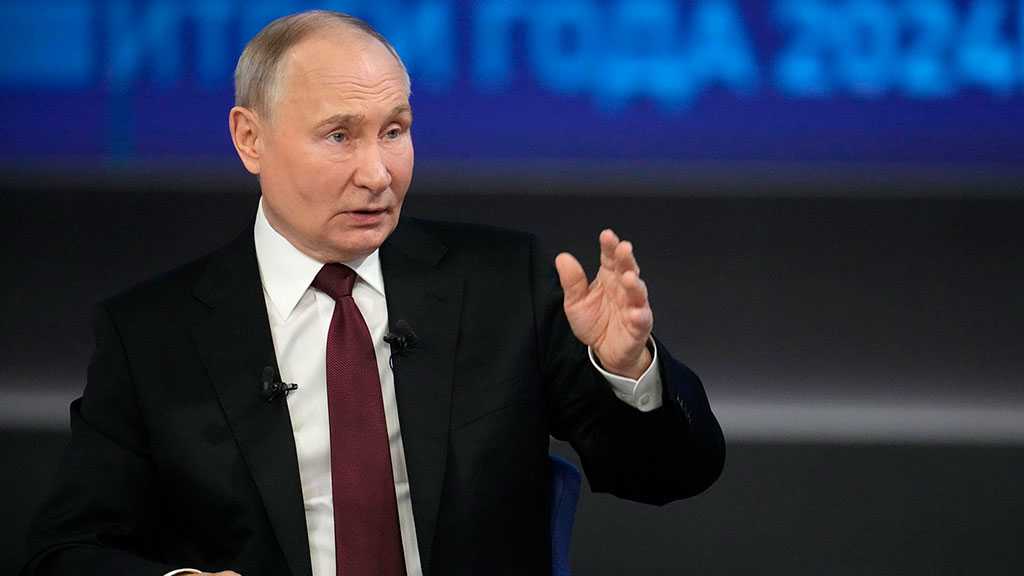
Putin: No Conversation with Trump in Over Four Years
3 months ago